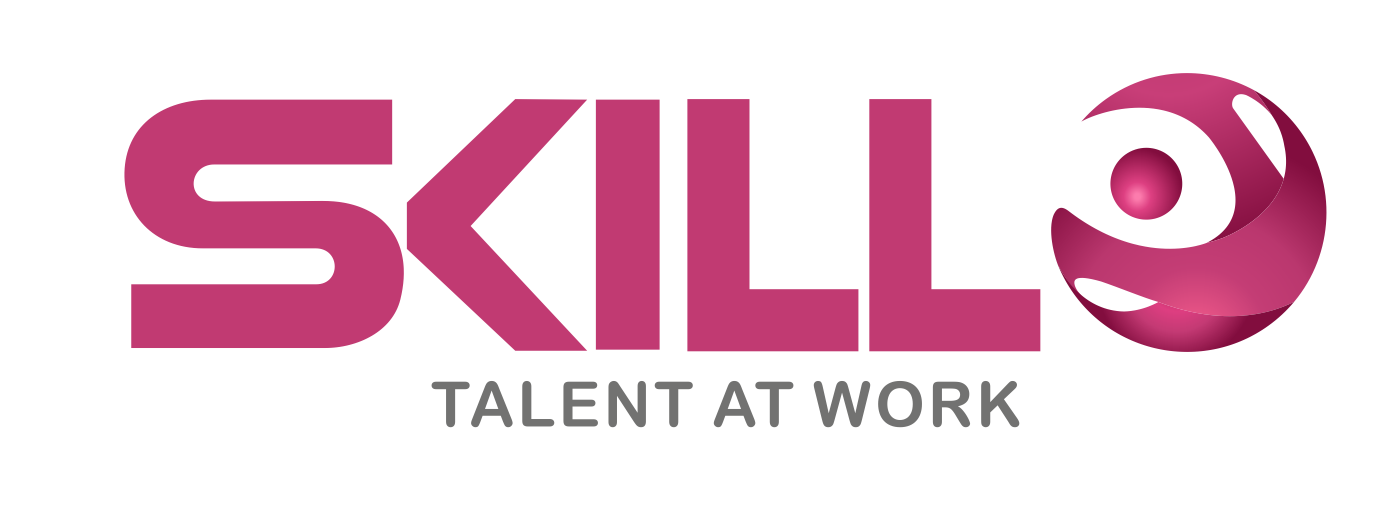
In today’s rapidly evolving workforce, fostering diversity and inclusion is not just a moral imperative but a strategic necessity for businesses. Creating an inclusive and accessible hiring process is key to attracting diverse talent and building a robust, dynamic team. Let’s explore critical ways to ensure inclusive and accessible hiring and recruiting.
Crafting Inclusive Job Descriptions
When crafting job descriptions, it’s crucial to use inclusive language that appeals to a diverse audience. Avoid gendered terms and opt for neutral language that encourages candidates of all backgrounds to apply.
Expanding Outreach Strategies
To attract a broad range of applicants, companies should diversify their outreach strategies. This includes utilizing specialized job boards that cater to underrepresented groups and forming partnerships with community organizations.
Providing Accessibility in the Application Process
Ensure your application process is accessible to everyone. Design user-friendly forms and provide accommodations for applicants with disabilities to create an inclusive experience.
Promoting Diverse Interview Panels
Build diverse interview panels to bring varied perspectives into the hiring process. This helps create an environment where candidates feel more comfortable and understood.
Inclusive Onboarding Processes
Tailor your onboarding processes to accommodate diverse hires. Fostering a welcoming environment from day one is crucial for employee retention and satisfaction.
Continuous Training on Diversity and Inclusion
Regularly conduct training sessions for employees to reinforce the importance of diversity and inclusion. Update policies to reflect the company’s commitment to creating an inclusive workplace.
Employee Resource Groups
Establish and support Employee Resource Groups (ERGs) that cater to different demographics. These groups provide a platform for employees to connect, share experiences, and contribute to a more inclusive culture.
Utilizing Technology for Accessibility
Incorporate assistive technologies in the workplace to ensure accessibility for employees with disabilities. Additionally, make digital platforms and communication channels user-friendly and inclusive.
Monitoring and Evaluating Inclusion Efforts
Regularly assess diversity metrics to measure the success of your inclusion efforts. Use data to identify areas for improvement and make informed adjustments to your hiring practices.
Communicating Inclusivity Efforts
Transparently communicate your company’s commitment to diversity. Showcase your inclusivity initiatives internally and externally to attract like-minded talent and demonstrate your dedication to creating an inclusive workplace.
Inclusive Leadership Development
Encourage diverse leadership opportunities within your organization. Invest in leadership training that fosters an inclusive leadership style, creating a more equitable and supportive work environment.
Case Studies of Successful Inclusive Hiring
Explore case studies of companies that have successfully implemented inclusive hiring practices. Learn from their experiences and extract key takeaways that can be applied to your own organization.
In conclusion, embracing inclusive and accessible hiring practices is not just about compliance; it’s about creating a workplace where everyone feels valued and can contribute their best. By implementing these critical strategies, businesses can build a diverse and talented team that drives innovation and success.
